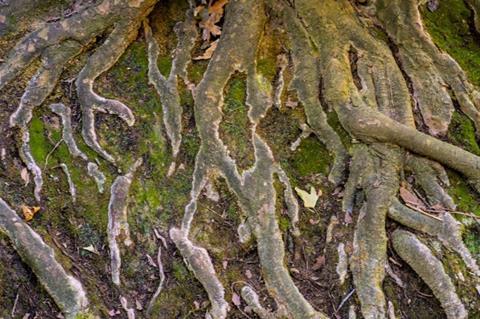Recent advances in long-read sequencing techniques have produced large amounts of high-quality rRNA marker gene data about eukaryotic organisms, but many of these taxa have remained unknown at the highest taxonomic levels: phylum and kingdom.

Now, via a thorough analysis of the EUKARYOME long-read database, an international team led by Prof. Leho Tedersoo (University of Tartu, Estonia) has discovered that a large proportion of the unknown eukaryotes belong to deep, hitherto undescribed fungal lineages.
READ MORE: Scientists strive to place tens of thousands of previously unknown fungi in the evolution tree
READ MORE: Researchers predict climate change-driven reduction in beneficial plant microbes
By developing innovative approaches in taxonomy and performing rigorous phylogenetic analyses, the researchers described 30 novel fungal lineages from the order to phylum levels, including the type species of these groups. They published their paper in the open-access journal MycoKeys.
Taxonomic terms
Names of new taxa were developed and voted for by all co-authors, with the names referring to type locality using the native language stems (Amerindian, Sámi, Estonian) prevailing. The authors also proposed the taxonomic terms “nucleotype” and “legitype” to refer to holotype-derived DNA samples and DNA sequences, respectively, which under certain circumstances (e.g., when holotype is lost) could also be used as types.
The taxonomic approach developed by Tedersoo et al. provides a means of describing and communicating unseen, potentially uncultivable microeukaryotic taxa.







No comments yet